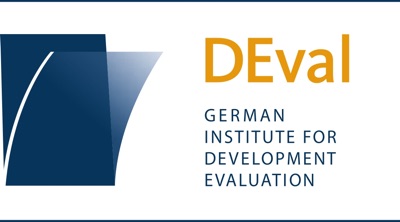Updated Evaluation Standards for Latin America and the Caribbean
ReLAC and the DEval Project Focelac+ presented the new edition of the "Evaluation Standards for Latin America and the Caribbean" on Monday, August 30th, 2021.
The Latin American and Caribbean Network for Monitoring, Evaluation and Systematization (ReLAC) and the project Focelac+ have published the updated edition of the “Evaluation Standards for Latin America and the Caribbean”. It is based on the “Evaluation Standards for Latin America and the Caribbean” drafted in 2015 by ReLAC with the support of DEval. The previous version has now been revised through an extensive participatory process at regional level.
Evaluation quality (both the process and the resulting product) should be measured according to the expectations of the entities that have commissioned the evaluation and also to the interests, needs and problems of the communities and groups intrinsic to the intervention. Therefore, both those who request evaluations and those who carry them out should use the standards as a shared framework that can be permanently referred to when communicating and working together right from the start of the evaluation process. The standards contribute to the strengthening of the evaluation culture and to the implementation and the use of high-quality evaluations.
The updated version of the evaluation standards for Latin America and the Caribbean consists of four dimensions: 1. rigour, 2. ethics and legal principles, 3. cultural understanding, and 4. relevance and usefulness. These four dimensions reflect a strong regional contextualization of the evaluation standards.
Some of the keynote speakers at the official release event were Megan Kennedy, Director of the Evaluation Department at the OECD, and Pilar Garrido González from the Costa Rican Ministry of Planning (MIDEPLAN). During their interventions, they highlighted the importance of this publication for Latin America and the Caribbean and offered recommendations for its implementation.

